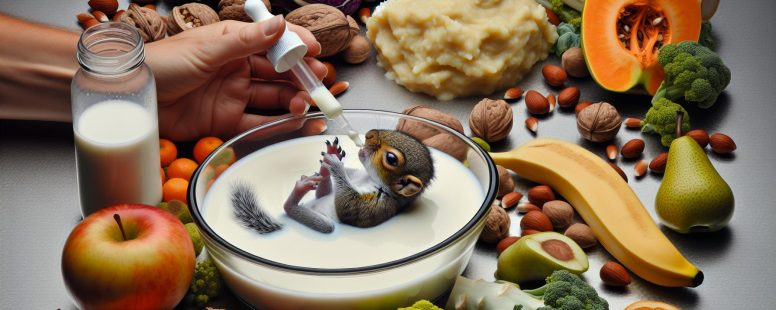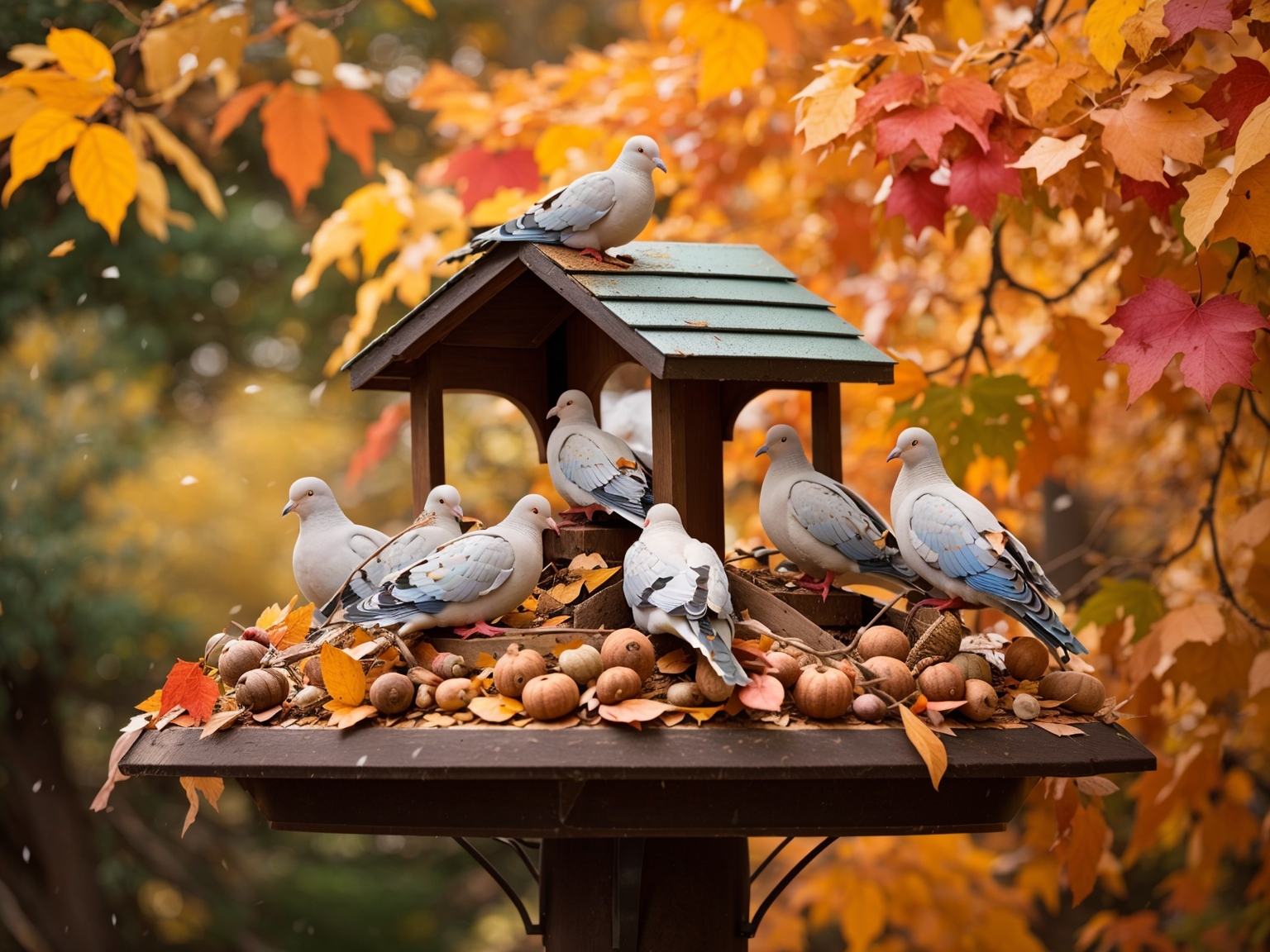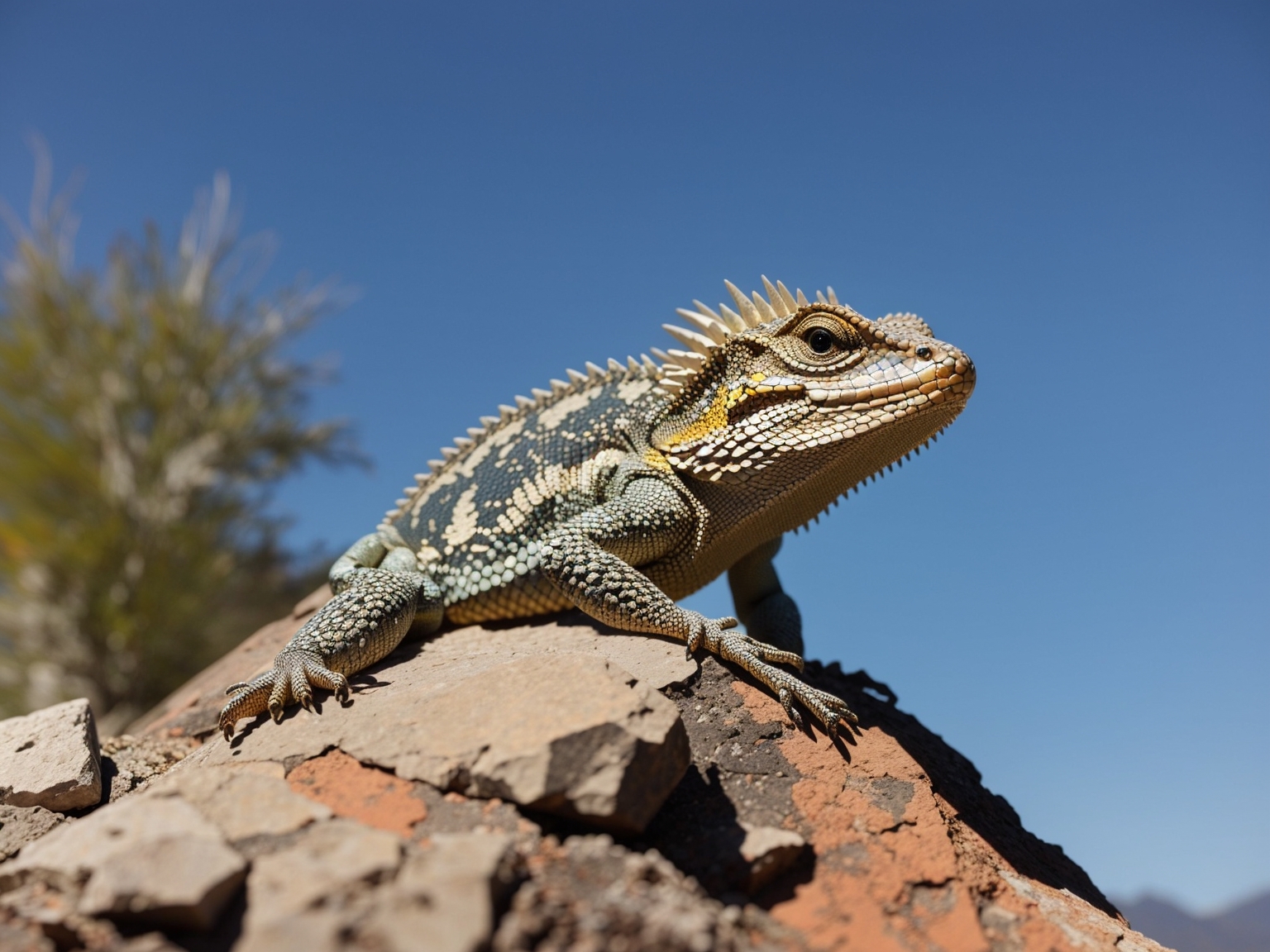What Baby Squirrels Eat: Essential Guide for Healthy Growth
Ever stumbled upon a tiny, fuzzy baby squirrel and wondered what’s on its menu? You’re not alone. These adorable creatures have specific dietary needs that are crucial for their growth and development. Understanding what baby squirrels eat is not just interesting trivia—it’s essential knowledge for wildlife enthusiasts and compassionate rescuers alike.
From their early days, baby squirrels require a diet that mimics the richness of their mother’s milk. As they grow, their meals transition, but getting it right is key to their survival. Let’s dive into the world of baby squirrels and uncover the secrets of their diet.
The diet of baby squirrels
When nurturing a baby squirrel, you’re stepping into the role of their mother, and your foremost aim is to mimic the nutrition they’d naturally get. Newborn squirrels start their lives off with a diet strictly of milk. During the first few weeks, a formula that replicates a mother squirrel’s milk is vital. Various pet rehabber-approved brands offer specialized formulas geared for these tiny creatures.
After about six to seven weeks, their diet begins to diversify. At this stage, baby squirrels start to require more than just formula. They need to be introduced to solids, but not just any food will do. Your little ward will benefit from:
- Fresh fruits like apples and grapes
- Leafy greens for vitamins
- A variety of nuts and seeds for healthy fats
Portion control is key; you don’t want to overfeed or introduce too many new foods at once. A slow and steady introduction to new tastes and textures helps prevent digestive issues.
Transitioning to an adult diet occurs when they’re about 8 to 10 weeks old, and this phase needs to be gradual. It’s a good idea to mix some formula in with the solid food to help them adjust. This blend provides the comfort of the familiar while coaxing them into a more varied diet.
During this transition, providing a mix of solids such as:
- Rodent blocks, which offer balanced nutrition
- Calcium-rich foods to support their developing bones
- Insects for protein
While you introduce these new elements, always keep a watchful eye for signs of distress or allergy. Some squirrels may have specific sensitivities to certain foods just like humans do.
Remember, a baby squirrel’s diet isn’t just about feeding them what they’ll eat in the wild. It’s also about providing the nutrition they need to grow up strong and healthy. Monitoring their weight and progress is as crucial as the food choices you make for them.
What baby squirrels eat in their early days

Understanding the diet of baby squirrels is key to ensuring their health and survival, especially if you’re rehabilitating one. Newborn squirrels have specialized dietary needs that closely follow the nutrient content of their mother’s milk. This early stage is critical; it’s when they’re most vulnerable and need the right balance of nutrients to thrive.
In the first weeks of life, baby squirrels depend entirely on milk. If you’ve found an orphaned baby squirrel, don’t reach for cow’s milk or dairy substitutes—they won’t do the trick. Instead, look for a specialized formula designed for rodents to mimic the nutritional composition of squirrel mother’s milk.
When selecting a formula, opt for one that’s high in protein and fat, with added vitamins and minerals specifically formulated to promote healthy growth and development. You’ll be feeding the baby squirrel with a small syringe or specialized pet feeder every few hours, replicating the frequent feedings they’d receive in the wild.
By the six-to-seven week mark, you’ll start to notice a change in eating habits. This is when you can introduce solids. Begin with:
- Soft fruits: apples, bananas, and berries
- Leafy greens: kale and spinach
- Nuts: almonds and peanuts (unsalted and shelled)
These foods aren’t just about sustenance; they’re also important for the baby squirrel’s dental and physical development. Chewing solid foods helps in strengthening their teeth and jaws.
It’s not just about what they eat, but also about how much. Consistent weight monitoring is necessary, as it’s a good indicator of whether the baby squirrel is getting enough nutrition. A squirrel that’s too light might not be eating enough, while a heavy one could be overfed. Adjust the diet accordingly to maintain a healthy balance.
Remember, transitioning to an adult squirrel diet should be a smooth process, combining a variety of foods to provide a balanced intake. Stick to this gradual approach to avoid upsetting the baby squirrel’s digestive system.
Transitioning to solid foods

When the time comes for baby squirrels to embark on the journey from milk to solids, it’s vital to approach this stage with care. You’ll want to start slowly introducing fresh fruits, nuts, and vegetables to their diet around the six-to-seven-week mark. Begin with easily digestible items like:
- Apple slices (make sure they’re seedless)
- Soft pear pieces
- Banana bits
- Steamed sweet potatoes, cooled and mashed
While introducing these solid foods, keep a close watch on your baby squirrel’s response. Each squirrel has its own pace and preferences, so be ready to adapt. Keep the formula in the diet during this transitional phase and observe how the solid foods are being tolerated.
As you move forward, slowly expand their diet variety. Add in some cruciferous vegetables such as broccoli or cauliflower, chopped into tiny pieces to prevent choking hazards. Protein-rich foods like hard-boiled eggs and a mix of unsalted nuts should also make their way into the daily spread. Balance is key, as too much of any one food can lead to nutrient imbalances.
Don’t forget to ensure clean water is always available to aid in the digestion of these new foods.
Adjustments in portion sizes and food choices will be guided by the baby’s growth and development. Keep track of weight regularly to ensure your baby squirrel is on the right track. If you notice any signs of digestive discomfort or allergic reactions, it may be necessary to adjust their diet again.
Remember to avoid human junk food and processed sugars—these can be harmful to squirrels. By sticking to natural, wholesome options, you’ll foster a healthy transition for your little critter as they grow.
Nurturing baby squirrels back to health

When you find yourself caring for a baby squirrel, it’s vital to know how to nurse them back to health. Baby squirrels are delicate creatures, and their wellbeing hinges on proper nourishment and care.
Spotting Issues Early On
Keep an eye on any changes in behavior or appearance, as these can be signs that your baby squirrel isn’t quite feeling up to par. Early detection of health issues is key to a swift recovery. Look for signs such as lethargy, poor appetite, or unusual stools. These may indicate that the diet needs tweaking or that the squirrel requires more immediate medical attention.
Creating a Recovery Diet
Once you’ve determined that your baby squirrel needs a bit of extra TLC, you’ll want to create a recovery diet. This diet should be balanced and supportive, aimed at bolstering their frail system while they bounce back to health.
- Start with easily digestible foods like warm puppy formula (specifically designed for rodents)
- Add a hydration supplement to ensure they’re getting enough fluids
- Introduce soft fruits and vegetables gradually; these should be fresh and pesticide-free
Monitoring Progress
As your baby squirrel begins to perk up, keep tracking their progress meticulously. Regularly weigh them to ensure they’re gaining weight and make note of how much they’re eating and drinking. It’s also wise to observe their behavior – as they regain strength, you should see an increase in activity and curiosity.
It’s also crucial to ensure they’re getting enough interaction and exercise outside of their recovery space. Ensure they have ample room to climb and forage, mimicking their natural environment. This not only aids physical health but also alleviates stress, which can play a huge role in their overall recovery.
Remember, patience is essential when nursing a baby squirrel back to health. It can take time, but with careful attention and the right diet, you can help your little charge return to their natural vigor and vitality. Keep providing a nurturing space and maintain your role as their vigilant caretaker, and you’ll likely see them flourish.
Conclusion
Feeding baby squirrels appropriately is vital to their survival and growth. Remember to start with milk and transition to solids like fruits and vegetables at the right time. Keep an eye on their development and adjust their diet as needed to ensure they’re getting the right nutrients. Always have fresh water available and steer clear of unhealthy human snacks. Your care can make all the difference in nurturing these little creatures back to health. Stay patient and provide a safe space for them to thrive. With your help, they’ll grow up to be strong, healthy adults ready to take on the world—or at least your backyard.
- When Is the Best Season to Sell Outdoor Furniture in the US? Ultimate Seasonal Guide - October 26, 2025
- When Is the Best Season for Backyard Yoga Classes? Find Your Perfect Outdoor Yoga Time - October 26, 2025
- What Tools Do I Need for Fence Installation Work? Essential Gear for a Smooth DIY Fence Project - October 26, 2025




